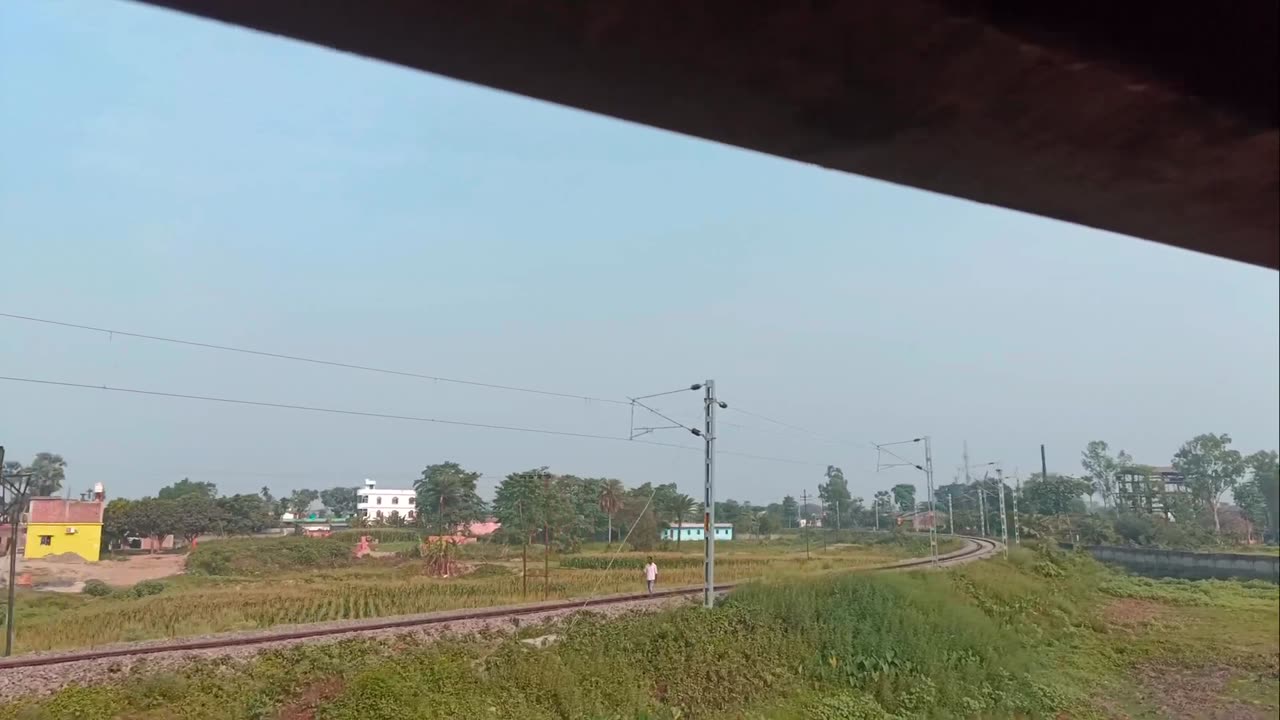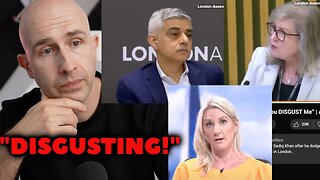Premium Only Content

Indian Train & Indian Farming 🧺
Purnia is part of the Mithila region.[4] Mithila first gained prominence after being settled by Indo-Aryan peoples who established the Mithila Kingdom (also called Kingdom of the Videhas).[5] During the late Vedic period (c. 1100–500 BCE), Videha became one of the major political and cultural centers of South Asia, along with Kuru and Pañcāla. The kings of the Videha Kingdom were called Janakas.[6] The Videha Kingdom was later incorporated into the Vajjika League, which had its capital in the city of Vaishali, which is also in Mithila.[7]
In the 17th-century the rulers of Purnia were involved in wars with the Kings of Limbuwan.
At the beginning of British rule, many people from Europe came to Purnia and settled here. At that time, Purnia was a complete 'Purania', which means jungle. In the early days, Europeans settled around the Saura river in the middle of the city, which we now know as Rambagh area.
However, later all these Europeans started coming west from Saura river and started making their own 'Kothi'. The civil lines we see in different parts of the country were also in Purnia. The only difference was that in the civil lines of Lucknow, Kanpur etc., British officers used to stay, while Gentlemen Farmers in Purnia.
Among the most active European zamindars in Purnia were Alexander John Forbes and Palmer. Alexander John Forbes bought the Sultanpur pargana from Mahajan Babu Pratap Singh of Murshidabad in 1859 AD and became a Zamindar. Forbes city (Forbesganj) in the Sultanpur pargana was named after him. But Forbes lived in the city of Purnia. He was interested in building the race course and all other kinds of clubs.
Today, in the city where we see the Girl's high school, Forbes Kothi was used to be there. The Kothi used to be full with European settlers in the past.
Alexander Forbes and his wife Diana died of malaria in 1890. Time changed and the Forbes family sold the Sultanpur estate to the country's business house J. K. Singhania, because at that time there was a lot of jute cultivation going here.
Like Forbes, another Englishman lived in Purnia for a long time, his name was Palmer. He bought the zamindari of a king here and settled here. Palmer's only daughter, Mrs. Downing, was his heir. Mrs. Downing had two heirs - her son C. Y. Downing and daughter Mrs. Hays.
Today, the grand residence of Hez Saheb is the main building of Purnia College. There are different stories about Palmer, but other than those stories, this Englishman is still in the memories of Purnia.
Actually there is a dyke in the city which protects the city from floods. There is one area in the frontier of the city - Baghmara. From here, there is an embankment #forbesganj parallel to the Saura river, which was built by Palmer. This dam has been known as the Palmer Dam named after him.
Indigo cultivation was first started in Purnia by an Englishman named John Kelly. Later many Europeans cultivated indigo here vigorously. The Shillingford-dynasty was the foremost among them who built 'Nilha Kothi' in the places like Nilganj, Mahendrapur, Bhavbada. The story of Shillingford is also very interesting. He was a hunter. Still when we go from Purnea towards Dhamdaha and towards Sarsi area, we get to hear the story of Neelha farmer.
These English Gentleman Farmers have contributed most to the story of becoming Purnia from Poorania. These people did a lot of work regarding the city's settlement. Purnia was very open, green and open area.
-
 DVR
DVR
Sean Unpaved
1 hour agoMidseason Mindset, Texas Heroes, & the Hype Surrounding EA's New CFB 26
3.19K -

Nikko Ortiz
2 hours agoLIVE STREAM!!!
33.1K2 -
 13:25
13:25
BlackBeltBarrister Off The Record
6 hours agoTHIS is Why People Are Angry!
131 -
 2:33:41
2:33:41
The Confessionals
1 hour agoThe Occult Side Of Music They DON’T Want You To See (Even The Devil Can’t Hide THIS)
35 -
 UPCOMING
UPCOMING
ROSE UNPLUGGED
2 hours agoEzekiel’s War: Are We Seeing a Collision of Nations?
15 -
 1:48:05
1:48:05
The White House
4 hours agoPresident Trump Participates in a Cabinet Meeting, July 08, 2025
19.7K33 -
 1:06:46
1:06:46
Timcast
2 hours agoDeep State Plot For "REGIME CHANGE" Against Trump EXPOSED, Democrats DEMAND Violence
111K81 -
 LIVE
LIVE
Rebel News
1 hour agoConservative funds gender surgery, Carney's secret vacay, Decade of mass migration | Rebel Roundup
355 watching -
 31:37
31:37
Grant Stinchfield
2 hours ago $0.40 earnedNano Nightmare: Government Plot to Monitor Your Body from the Inside Out EXPOSED!
1.3K2 -
 1:05:43
1:05:43
The Rubin Report
3 hours agoPress Sec. Struggles to Hide Her Anger as Reporter Implies He Doesn’t Believe Her Epstein Story
128K88